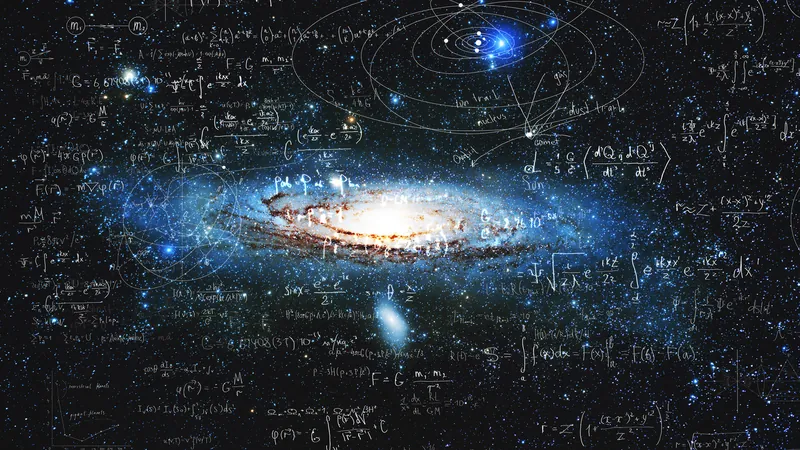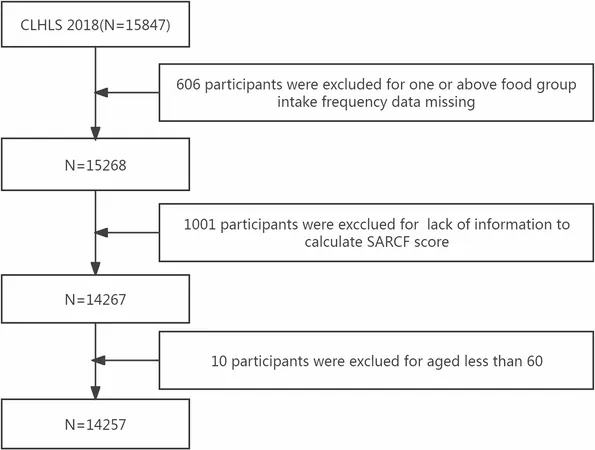
Unlocking the Secrets of Prime Numbers: A Breakthrough in Mathematics!
2024-12-29
Author: Liam
Introduction
Prime numbers have long fascinated mathematicians, often described as the "atoms of arithmetic." These numbers, only divisible by themselves and one, may seem erratic but contain profound underlying patterns that could transform our understanding of mathematics as a whole.
Historical Background
The journey into the mystery of primes began over two millennia ago when Euclid established their infinite nature around 300 BCE. This pivotal revelation laid the groundwork for countless inquiries into the world of prime numbers. Over the centuries, mathematicians have sought to explore primes under increasingly specific conditions, such as those that exclude certain digits or conform to particular mathematical structures, such as sums of squares.
Recent Breakthrough
One of the most significant developments in this ongoing exploration has been spearheaded by mathematicians Ben Green from the University of Oxford and Mehtaab Sawhney from Columbia University. They have made a remarkable breakthrough by proving that there are infinitely many primes in the form of \( p^2 + 4q^2 \), where both \( p \) and \( q \) are prime numbers. This conjecture has puzzled researchers for years due to its unique complexities.
Innovative Concepts
Key to their success was the innovative concept of "rough primes," which provides a more flexible understanding of prime numbers. By easing the rigid constraints typically applied in such investigations, Green and Sawhney opened up new avenues for analysis while maintaining the essential characteristics of the primes they were studying. They employed the Gowers norm, a mathematical tool from a different area of study, to connect the abstraction of rough primes with concrete prime numbers.
Collaboration and Inspiration
This collaborative endeavor showcases the dynamic nature of contemporary mathematics. Sawhney, a recent graduate, was deeply influenced by Green’s previous work, which inspired his own pursuits in the realm of prime numbers. Their partnership is a testament to how blending seasoned expertise with fresh insights can lead to groundbreaking discoveries that push the frontiers of mathematical understanding.
Conclusion
As mathematicians continue to delve into the enigma of prime numbers, this latest breakthrough not only sheds light on a long-standing mystery but also has the potential to ignite further research, revealing even more connections and complexities that lie beneath the surface. Stay tuned as we uncover more astonishing revelations in the world of prime numbers—who knows what the next discovery will unveil?









 Brasil (PT)
Brasil (PT)
 Canada (EN)
Canada (EN)
 Chile (ES)
Chile (ES)
 Česko (CS)
Česko (CS)
 대한민국 (KO)
대한민국 (KO)
 España (ES)
España (ES)
 France (FR)
France (FR)
 Hong Kong (EN)
Hong Kong (EN)
 Italia (IT)
Italia (IT)
 日本 (JA)
日本 (JA)
 Magyarország (HU)
Magyarország (HU)
 Norge (NO)
Norge (NO)
 Polska (PL)
Polska (PL)
 Schweiz (DE)
Schweiz (DE)
 Singapore (EN)
Singapore (EN)
 Sverige (SV)
Sverige (SV)
 Suomi (FI)
Suomi (FI)
 Türkiye (TR)
Türkiye (TR)
 الإمارات العربية المتحدة (AR)
الإمارات العربية المتحدة (AR)